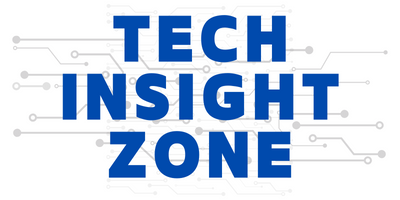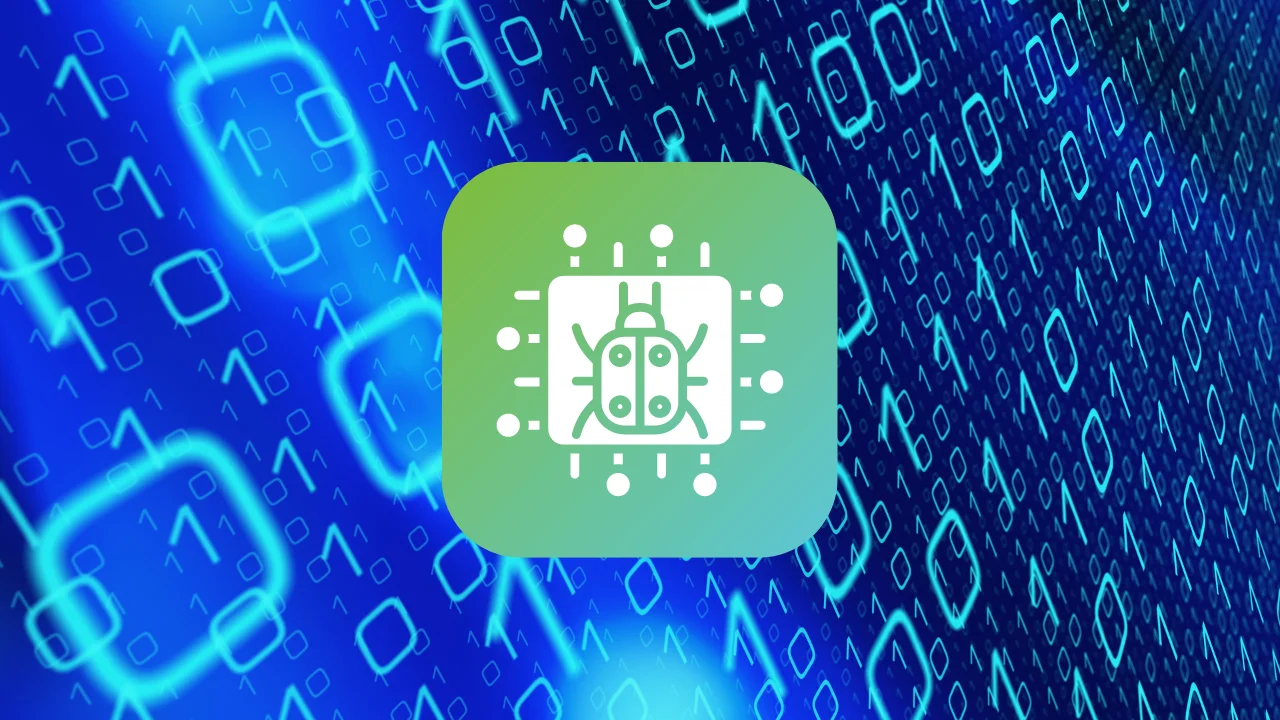The digital landscape is a battlefield, lines drawn in code, victories measured in stolen data, and disrupted lives. Cyberattacks, once the whispered threats of dystopian fiction, now blare across headlines, their impact felt by individuals, businesses, and even nations.
As the sophistication of these attacks evolves, a chilling question hangs heavy in the air: can artificial intelligence (AI), the technology poised to revolutionize our world, be twisted into a weapon, further escalating this digital arms race?
This analysis explores the potential of AI in cyberattacks and the implications for cybersecurity.
On the defensive front, AI shines as a vigilant sentinel:
AI has the potential to revolutionize cybersecurity. It can analyze patterns, detect anomalies in data behavior, and identify potential cyber threats early. However, the same capabilities that make AI a powerful tool for defense can also be used for offense.
The Concept of Offensive AI
Offensive AI refers to the use of AI by cyber criminals to conduct targeted attacks at unprecedented speed and scale. This new wave of attacks is outsmarting and outpacing humans, flying under the radar of traditional, rule-based detection tools.
This means AI could potentially conduct cyberattacks autonomously, disguising their operations and blending in with regular activity1. The technology is out there for anyone to use, including threat actors.
How this thing is possible? We are seeing lucrative usage of AI like text to video! Here is what we should be aware of…
a. Crafting the perfect phish:
AI can be used to create highly personalized phishing scams, tailoring emails to individual targets with uncanny accuracy. Imagine an AI-generated email that mimics your boss’s writing style, complete with inside jokes and personal references – such attacks could bypass even the most vigilant human defenders.
b. Malware on steroids:
AI can automate malware development, churning out variants faster than security teams can keep up. Imagine an AI constantly generating new ransomware strains, each one more sophisticated and evasive than the last – a chilling prospect indeed.
c. Autonomous attackers:
The most worrying scenario is the emergence of self-learning, autonomous AI attackers who can adapt and evolve their tactics on the fly. Imagine an AI-powered cyber weapon that learns from successful attacks, constantly refining its strategies and exploiting vulnerabilities in real-time – a terrifying vision of the future.
However, the very capabilities that make AI valuable for defense can be weaponized by those with malicious intent:
Can We Use AI to Defend Cyberattacks?
Yes, there is a strong possibility. Here is how:
a. Pattern recognition on steroids:
AI algorithms, trained on mountains of network traffic data, can detect anomalies and suspicious activity in real-time, stopping attacks before they can breach firewalls and wreak havoc. Gone are the days of slow, reactive responses – AI offers a proactive defense, identifying threats before they evolve.
b. Automating the mundane:
Repetitive tasks like vulnerability scanning and patching, once a time-consuming drain on security teams, can be handled by AI-powered systems, freeing up human experts for more strategic tasks. This allows them to focus on analyzing complex threats, investigating incidents, and developing proactive defense strategies.
c. Predicting the unpredictable:
By analyzing historical data and emerging trends, AI can anticipate potential attack vectors, allowing organizations to prepare proactive defenses. Imagine predicting a phishing campaign based on subtle shifts in email patterns or identifying a ransomware attack based on network traffic anomalies – AI can provide invaluable foresight in this ever-changing digital battlefield.
The Future of Cybersecurity:
The future of AI in cybersecurity is a balancing act – harnessing its immense potential for good while mitigating the risks of its misuse. By prioritizing responsible development, fostering transparency, and collaborating globally, we can ensure that AI becomes a force for security and stability in the digital world.
So, what should we do right now?
a. Responsible development:
We must ensure that AI is developed and deployed with robust safeguards in place, preventing its misuse by malicious actors. This requires collaboration between researchers, developers, and policymakers to establish ethical frameworks for AI development in cybersecurity.
b. Transparency and accountability:
The algorithms that power AI must be transparent and auditable, allowing for scrutiny and ensuring they are not being used for harmful purposes. This is crucial to build public trust and prevent the misuse of this powerful technology.
c. International collaboration:
The threat of AI-powered cyberattacks transcends national borders, demanding international collaboration and information sharing. Governments and security agencies around the world must work together to develop common standards, best practices, and response mechanisms to this emerging threat.
This is not just a technological challenge; it’s a societal one. We must engage in open and informed discussions about the ethical implications of AI, ensuring that this powerful tool serves humanity, not threatens it.
The future of cybersecurity, and potentially the future of our digital world itself, hinges on our ability to wield AI with wisdom and responsibility.





